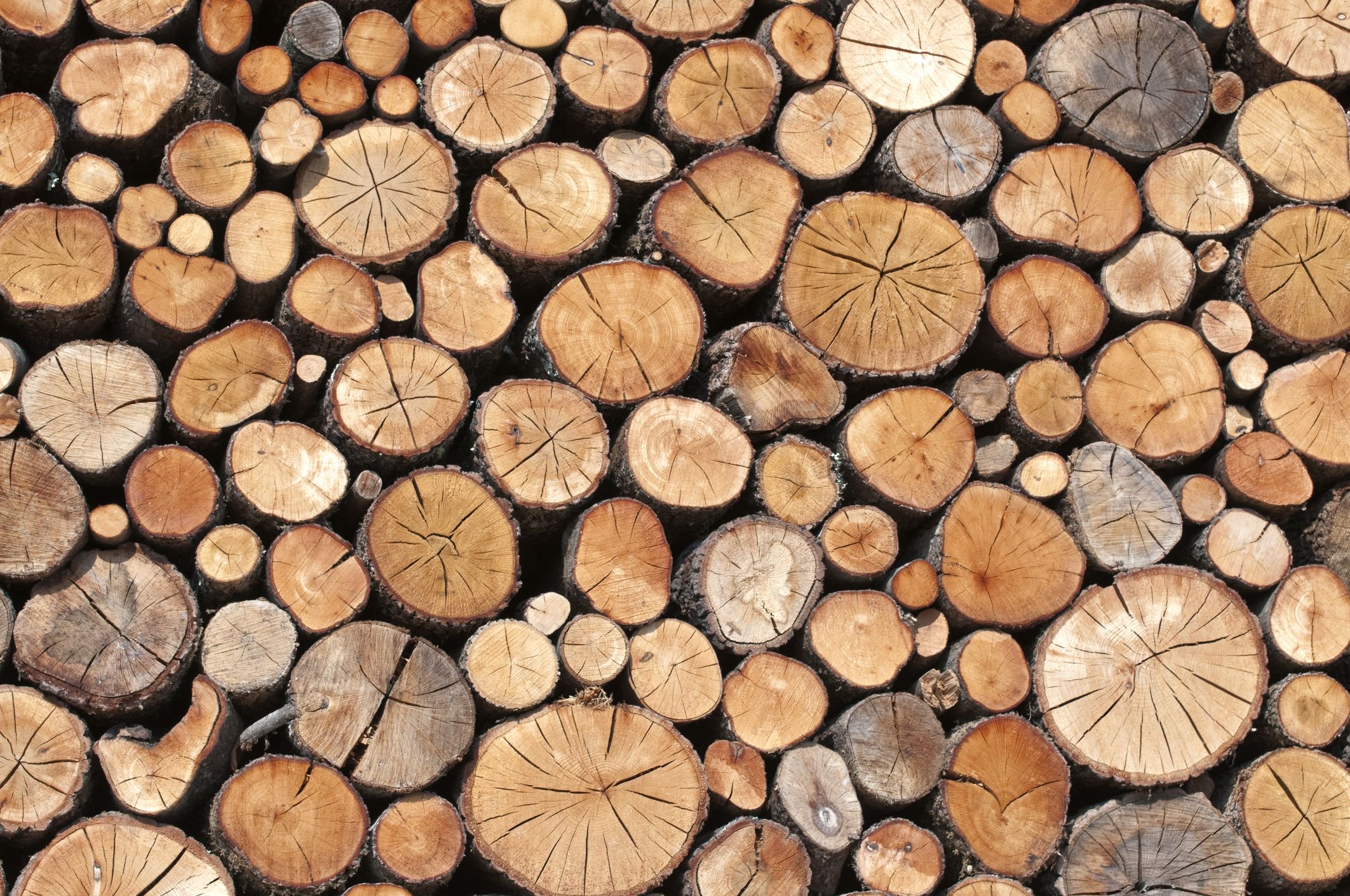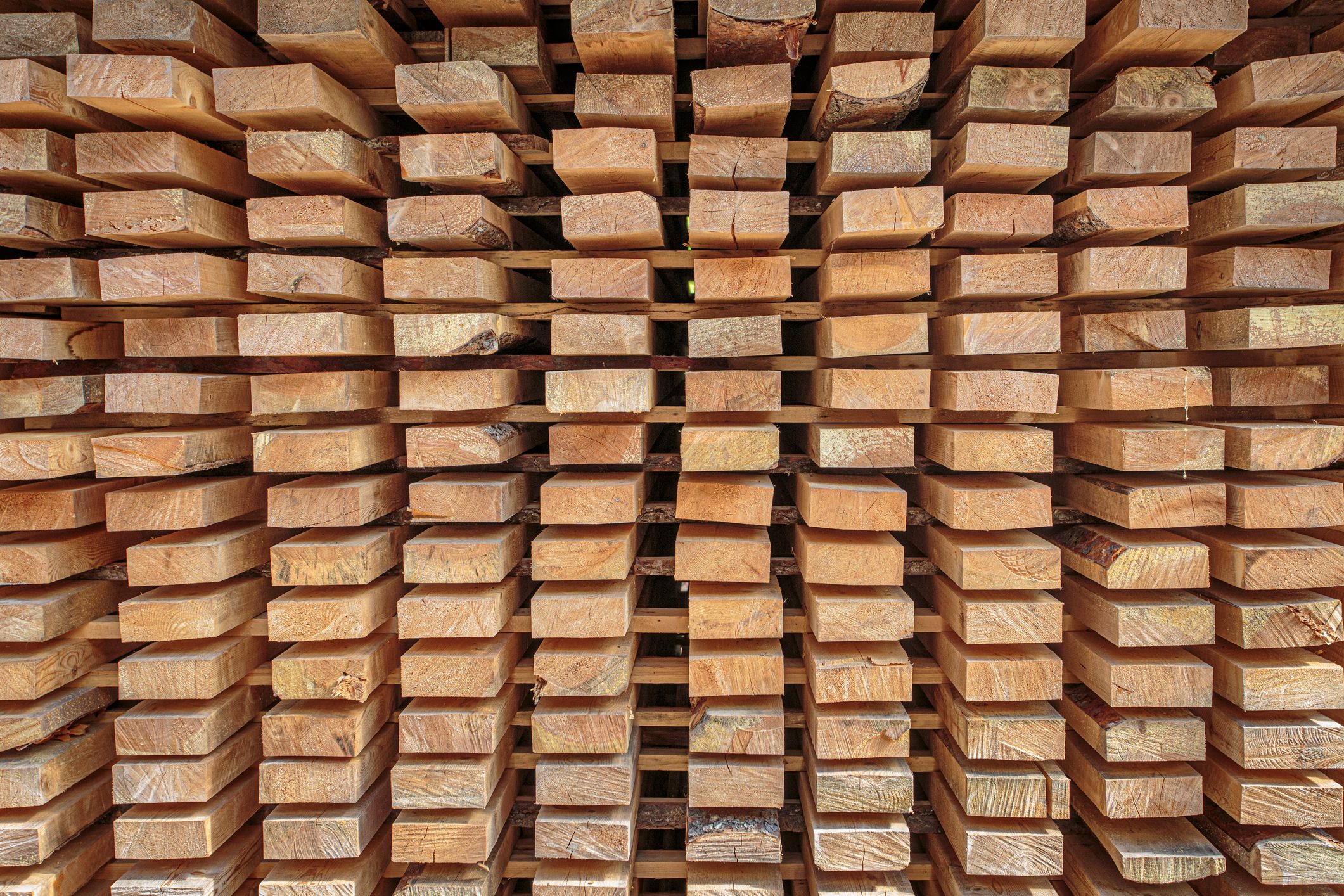Toxic woods like poison ivy, poison oak, and poison sumac should not be burned in a fire pit. These woods emit irritants causing eye and breathing issues.
Burning them is harmful due to the irritant oils they contain. It is essential to be cautious and knowledgeable about the wood types suitable for use in fire pits to ensure safety and avoid adverse health effects. Selecting the right wood for your fire pit can enhance the overall experience of outdoor gatherings and create a cozy ambiance.
Knowing which woods to avoid burning in a fire pit helps maintain a healthy environment and prevents potential hazards from unsafe wood choices. Be mindful of the types of wood used in your fire pit to enjoy a safe and enjoyable outdoor fire experience.


Credit: www.amazon.com
Toxic Woods Not To Burn
Beware of poisonous woods like poison ivy, poison oak, and poison sumac. These woods release irritants when burned, causing eye irritation and breathing issues.
Avoid burning unseasoned wood in your fire pit. Also known as “green wood,” it contains high moisture content, leading to smoldering instead of proper burning. Opt for seasoned wood for a better fire experience.
Steer clear of treated or painted wood in your fire pit. These woods release harmful chemicals and toxins when burned, posing health risks to those around the fire. Stick to natural, untreated wood for a safer and cleaner burn.
Poisonous Wood
- Avoid poison ivy, poison oak, and poison sumac
- These woods release irritants when burned
- Can cause eye irritation and breathing problems
Unseasoned Wood
- Unseasoned wood, also known as “green wood,” has high moisture content
- Results in smoldering instead of proper burning
- Choose seasoned wood for optimal fire performance
Treated Or Painted Wood
- Avoid treated or painted wood in fire pits
- These woods release harmful chemicals when burned
- Opt for natural, untreated wood for a safer burn
Impact On Health
Eye Irritation
Burning toxic woods such as poison ivy and poison oak emit irritant oils, causing eye irritation.
Breathing Problems
Smoke from burning poisonous woods like poison ivy and Brazilian peppertree can lead to severe breathing problems.
Dangerous Vapors
Toxic woods release harmful vapors when burnt, posing risks to health and well-being.
Best Woods For Fire Pits
When it comes to enjoying a cozy evening around the fire pit, choosing the right type of wood is essential for a roaring and safe fire. Not all woods are created equal, and some are more suitable for fire pits than others. Here are the best woods for fire pits that will ensure a delightful and enjoyable fire experience.
Oak And Maple
Oak and maple are excellent choices for fire pits due to their dense nature and high heat output. These hardwoods burn slowly, providing a long-lasting and consistent warmth, making them perfect for chilly evenings. Their pleasant aroma adds to the ambiance of your outdoor gathering.
Cedar And Douglas Fir
Cedar and Douglas fir are popular choices for fire pits, known for their quick ignition and enjoyable crackling sound. While cedar offers a sweet fragrance, Douglas fir creates a cozy atmosphere with its pleasant scent, making them ideal for enhancing the outdoor experience with a delightful aroma.
When it comes to fire pit wood, it’s essential to use seasoned wood to ensure a clean and efficient burn. Avoid using unseasoned or green wood, which can result in excessive smoke and a less enjoyable fire.
Additionally, it’s crucial to be aware of toxic woods that should never be burned in a fire pit. Poisonous wood, such as poison ivy, poison oak, and poison sumac, contains irritants that can cause eye irritation and breathing problems, making them unsuitable for fire pits.

Credit: www.newyorker.com
Alternative Uses For Toxic Woods
Burning toxic woods like poison ivy, oak, and sumac in a fire pit can release irritant oils, causing breathing problems and eye irritation. It’s important to avoid these woods and opt for seasoned wood types like oak, birch, and maple for a safer and enjoyable fire pit experience.
While it’s important to know what woods to avoid burning in your fire pit, it’s also crucial to consider alternative uses for those toxic woods. Instead of disposing of them in an environmentally harmful way, you can repurpose them for other purposes that don’t involve combustion.
Construction And Furniture Wood
One alternative use for toxic woods is in construction and furniture making. These woods are often avoided due to the toxins they release when burned, but they can still be utilized for their structural properties. When repurposed for construction projects or furniture, the toxic properties of the wood are contained and pose no risk to human health or the environment.
Environmentally Safe Disposal
If you have toxic woods that are unsuitable for burning or repurposing, it’s important to dispose of them in an environmentally safe manner. Avoid simply throwing them away with regular household trash, as this can lead to the release of harmful toxins into the environment. Instead, research local guidelines for hazardous waste disposal or contact your local waste management facility for proper disposal methods.
Avoiding Green Or Non-local Wood
Another aspect to consider when using wood in your fire pit is the source of the wood itself. Green or non-local wood can have a higher moisture content, leading to inefficient burning and increased smoke production. Additionally, transporting wood long distances can contribute to carbon emissions and negative environmental impacts.
To ensure a more sustainable and eco-friendly fire pit experience, opt for seasoned wood that has been properly dried and sourced locally. Seasoned wood burns more efficiently, produces less smoke, and reduces the overall environmental footprint associated with its transportation.
Precautions And Safety Measures
To ensure safety and prevent harmful fumes, avoid burning poisonous wood like poison ivy, oak, and sumac in your fire pit. These woods release irritant oils that can lead to eye and respiratory issues. Stick to seasoned options like oak, birch, or cedar for a safer and enjoyable fire experience.
Considerations For Burning Pine
Pine may be a popular choice for fire pits due to its affordability, but there are important considerations to keep in mind. It’s crucial to understand that pine burns at a much faster rate compared to other types of firewood. This means that it may not provide a long-lasting fire, especially if you’re looking to enjoy a cozy evening outdoors.Proper Wood Selection
When it comes to selecting wood for your fire pit, it’s essential to choose the right type of firewood. Opt for seasoned wood, which has been properly dried for an extended period. Seasoned wood tends to burn more efficiently, producing less smoke and preventing excessive buildup of creosote in the fire pit. Avoid using unseasoned or “green” wood, as it tends to smolder rather than burn, resulting in a less enjoyable and less safe fire pit experience. Table: Types of Proper Wood Selection | Type of Wood | Benefits | |————–|———-| | Oak | Provides a steady and long-lasting fire | | Birch | Burns hot and produces a pleasant aroma | | Ash | Produces a steady and consistent flame | | Maple | Offers a slow, even burn | | Cedar | Releases a delightful scent while burning | | Douglas fir | Ideal for starting a fire due to its resinous properties |Maintaining A Safe Fire Pit Environment
Ensuring a safe fire pit environment is of utmost importance to prevent accidents and injuries. Here are some essential safety measures and precautions to consider: – Clear the surrounding area: Remove any flammable materials, such as dry leaves or branches, within a safe distance from the fire pit. – Keep a fire extinguisher nearby: In case of emergencies, have a fire extinguisher readily available to quickly and effectively extinguish the fire. – Supervise children and pets: Never leave children or pets unattended near the fire pit to prevent accidents and burns. – Practice proper extinguishing techniques: After enjoying your fire pit, make sure to fully extinguish the fire by pouring water or using sand. Allow the ashes to cool completely before disposing of them. – Regularly inspect and clean the fire pit: Regular maintenance is essential to ensure the fire pit is in good condition. Remove any ash or debris that may have accumulated. By following these precautions and safety measures, you can enjoy a pleasant and worry-free experience around your fire pit while keeping yourself and others safe.
Credit: www.familyhandyman.com
Frequently Asked Questions For What Wood Not To Burn In Fire Pit
What Wood Is Toxic To Burn In A Fire Pit?
Do not burn poison ivy, poison oak, or poison sumac in a fire pit. These woods emit irritants that cause eye and breathing problems.
What Wood Should Not Be Used For Firewood?
Wood from toxic trees and shrubs like poison oak, poison ivy, poison sumac should not be used for firewood. These woods produce irritant oils that cause eye irritation and breathing problems. Also, avoid burning treated or painted wood. These woods release harmful chemicals when burned.
Can You Use Any Wood In A Fire Pit?
It is important to avoid burning toxic wood in a fire pit, such as poison ivy, poison oak, poison sumac, and other poisonous wood varieties. These can release irritant oils that may cause eye irritation and breathing problems. Additionally, unseasoned or “green” wood with high moisture content will smolder rather than burn properly.
It is recommended to use seasoned wood for optimal results in a fire pit.
Is It Ok To Burn Pine In A Fire Pit?
Burning pine in a fire pit is not recommended. Pine burns quickly and produces a shorter fire, making it better for kindling than for firewood logs. It is best to use seasoned wood like oak, birch, ash, maple, or cedar for a longer-lasting fire.
Avoid burning toxic or treated wood, as they can produce dangerous vapors.
Faq 1: What Wood Is Toxic To Burn In A Fire Pit?
Burning poisonous wood, such as poison ivy, poison oak, and poison sumac, is a bad idea. These woods contain irritants that can cause eye irritation and breathing problems.
Conclusion
Understanding the types of wood to avoid burning in a fire pit is crucial. Choose seasoned wood, and never burn poisonous or treated wood. Avoid using pine for traditional firewood logs. This knowledge will help you enjoy a safe and enjoyable outdoor fire pit experience.